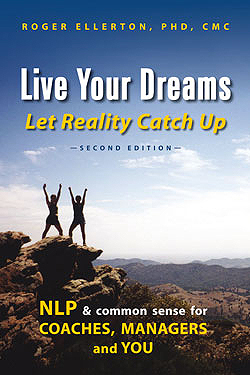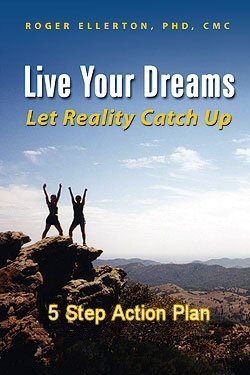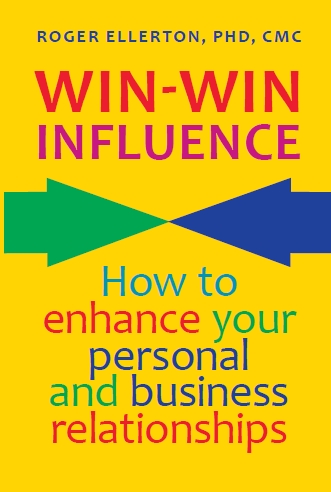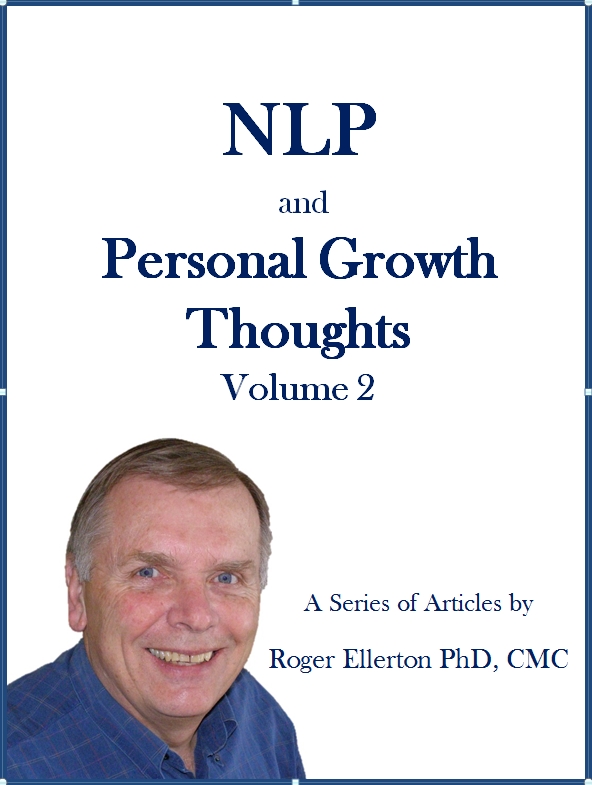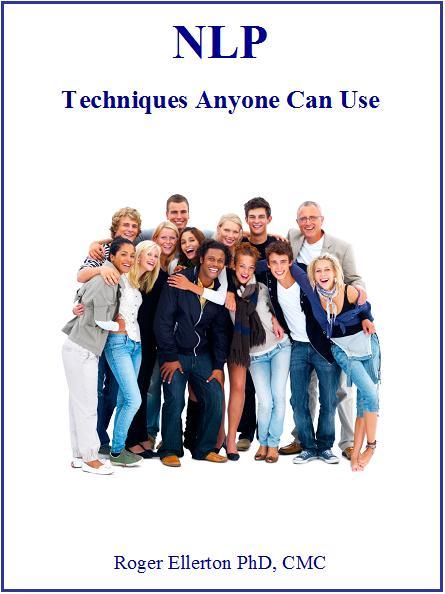It's Digital not Auditory Digital
By Roger Ellerton Phd, ISP, CMC, Renewal Technologies Inc.
This article may not be republished without written permission from Roger Ellerton/Renewal Technologies Inc. If you republish this article without permission, you will be in violation of copyright law and sent an invoice. You may share this and other pages with your friends by linking directly to this page from your website or blog.
We access information through our senses: see (visual), hear (auditory), feel (kinesthetic), taste (gustatory) and smell (olfactory). To process and store this information, we make pictures in our minds of what we believe we have seen, sounds of what we believe we have heard, etc. In NLP, the different ways that we process and represent information in our mind are called representational systems and correspond to the five senses.
John Grinder and Richard Bandler, the developers of NLP, realized that we also process and store information in words and referred to this sixth representational system as auditory digital - splitting auditory into two components - auditory tonal (sound) and auditory digital (words). Thus in the NLP literature, auditory digital has come to represent a modality that is devoid of the senses and focuses on discrete words, facts, figures and logic.
As it turns out, visual also can be split into two components - visual analog (shape and colour) and visual digital (symbols, formulae) - Bolstad, R. and Hamblett, M. "Visual Digital: Modality of the Future?", NLP World, Vol 6, No. 1, March 1999. The visual digital component often gets rolled into and referred to as auditory digital. Visual digital and auditory digital are different, yet they are similar as formulae and the manipulation of symbols form a language and express thought just as words do. To be strictly correct, the combined digital components of visual and auditory should be referred to simply as digital rather than auditory digital.
I believe it's important to be mindful that digital has two components - auditory digital and visual digital. The vast majority of NLP practitioners and trainers do not make this distinction - I suspect because they are not aware of it. In fact, I only recently became aware of the idea of visual digital. With a PhD in statistics, I could easily visualize and manipulate formulae in my mind, yet always felt a little uneasy saying that I had a strong visual preference because I have the hardest time selecting colours. Thus visual digital, for me, is a very useful concept and makes sense, as I now realize that I have a strong visual digital component and a weak visual analog component.
How should digital be referred to during trainings or when conversing with other NLP practitioners - digital or auditory digital? Since the vast majority of NLP practitioners are familiar with the term auditory digital, I suggest we continue to use this term, while also mentioning there is a very important visual digital component and that the most appropriate term is digital. In this way, we can build a strong bridge from how the term auditory digital has been used to the correct term digital.
For a description of the visual (analog), auditory tonal, kinesthetic and digital representation systems, please see NLP Representational Systems.
Author: Roger Ellerton is a certified NLP trainer, certified management consultant and the founder and managing partner of Renewal Technologies. The above article is based on his book Live Your Dreams Let Reality Catch Up: NLP and Common Sense for Coaches, Managers and You.
Copyright © 2010 Renewal Technologies Inc. All rights reserved.


